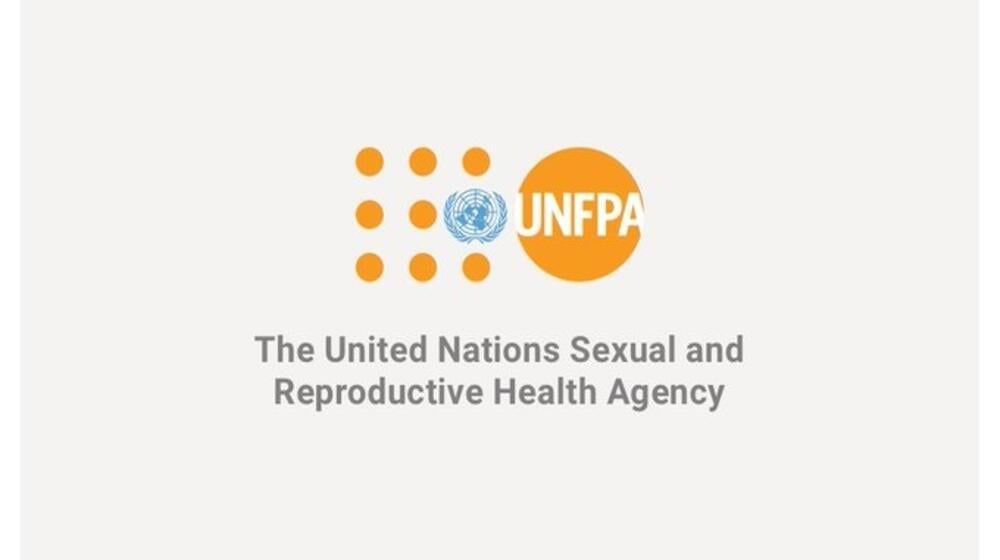Whether abortion is legal or not, it happens all too often. Data show that restricting access to abortion does not prevent people from seeking abortion, it simply makes it more deadly.
As UNFPA’s 2022 State of World Population report reveals, nearly half of all pregnancies worldwide are unintended, and over 60 per cent of these unintended pregnancies may end in abortion. A staggering 45 per cent of all abortions around the world are unsafe, making this a leading cause of maternal death. Almost all unsafe abortions currently occur in developing countries, and UNFPA fears that more unsafe abortions will occur around the world if access to abortion becomes more restricted. Decisions reversing progress gained have a wider impact on the rights and choices of women and adolescents everywhere.
The 1994 Programme of Action of the International Conference on Population and Development (ICPD), signed by 179 countries including the United States, recognized how deadly unsafe abortions are and urged all countries to provide post-abortion care to save lives, irrespective of the legal status of abortion. It also highlighted that all people should be able to access quality information about their reproductive health and contraceptives.
As the United Nations sexual and reproductive health agency and the custodian of the ICPD, UNFPA advocates for the right of all couples and individuals to decide freely and responsibly the number, spacing and timing of their children and to have the information and means to do so. The UN Sustainable Development Goals, particularly SDG 3 related to maternal health, to which all UN Member States have committed, are at risk of not being met if unsafe abortions continue.



